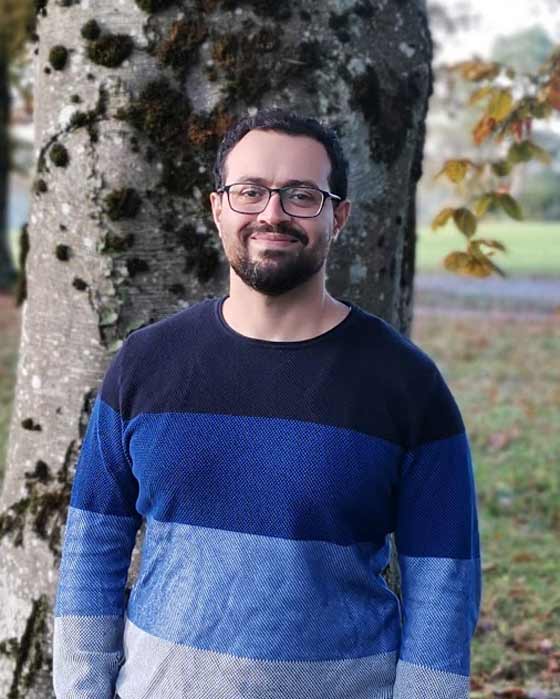New cancer treatments could be on the way, thanks to a surprising discovery involving yeast used to brew beer.
University of Virginia School of Medicine scientists and collaborators at the European Molecular Biology Laboratory in Germany discovered a never-before-seen adaptation that allows yeast cells to go dormant when nutrients are scarce. This ability to hibernate during stress mirrors cancer’s ability to survive nutrient shortages that accompany the cancer cells’ unchecked growth.
The unexpected findings could lead to new strategies for making cancer cells more vulnerable to starvation and easier to treat, said researcher Ahmad Jomaa of the School of Medicine’s Department of Molecular Physiology and Biological Physics.
“Cells can take a break when things get tough by going into deep sleep in order to stay alive, then at a later point, they seemingly just come back,” said Jomaa, part of UVA’s Center for Membrane and Cell Physiology. “That’s why we need to understand the basics of adaptation to starvation and how these cells become dormant to stay alive and avoid death.”
Surviving Stress
S. pombe is a type of yeast used for centuries to brew beer. It’s also an invaluable research tool for scientists because of its similarity to human cells. By better understanding S. pombe, researchers can better understand fundamental cellular processes in healthy and cancerous cells.

Ahmad Jomaa of the School of Medicine’s Department of Molecular Physiology and Biological Physics says studying the yeast cells gives clues how cells “can take a break when things get tough by going into deep sleep in order to stay alive, then at a later point, they seemingly just come back.” (Contributed photo)
Working with Simone Mattei and colleagues at the European lab, Jomaa and his team, with support from the Searle Scholars Program, the American Cancer Society and UVA’s Department of Molecular Physiology and Biological Physics, discovered that when the yeast cells’ batteries hibernate to avoid stress, they wrap themselves in an unexpected blanket. The surfaces of these batteries, called mitochondria, become coated with deactivated ribosomes, cellular machinery that normally make proteins.
It remains a mystery why these inactive ribosomes attach themselves to the mitochondria. “There could be different explanations,” Mattei said. “A starved cell will eventually start digesting itself, so the ribosomes might be coating the mitochondria to protect them. They might also attach to trigger a signaling cascade inside the mitochondria.”












